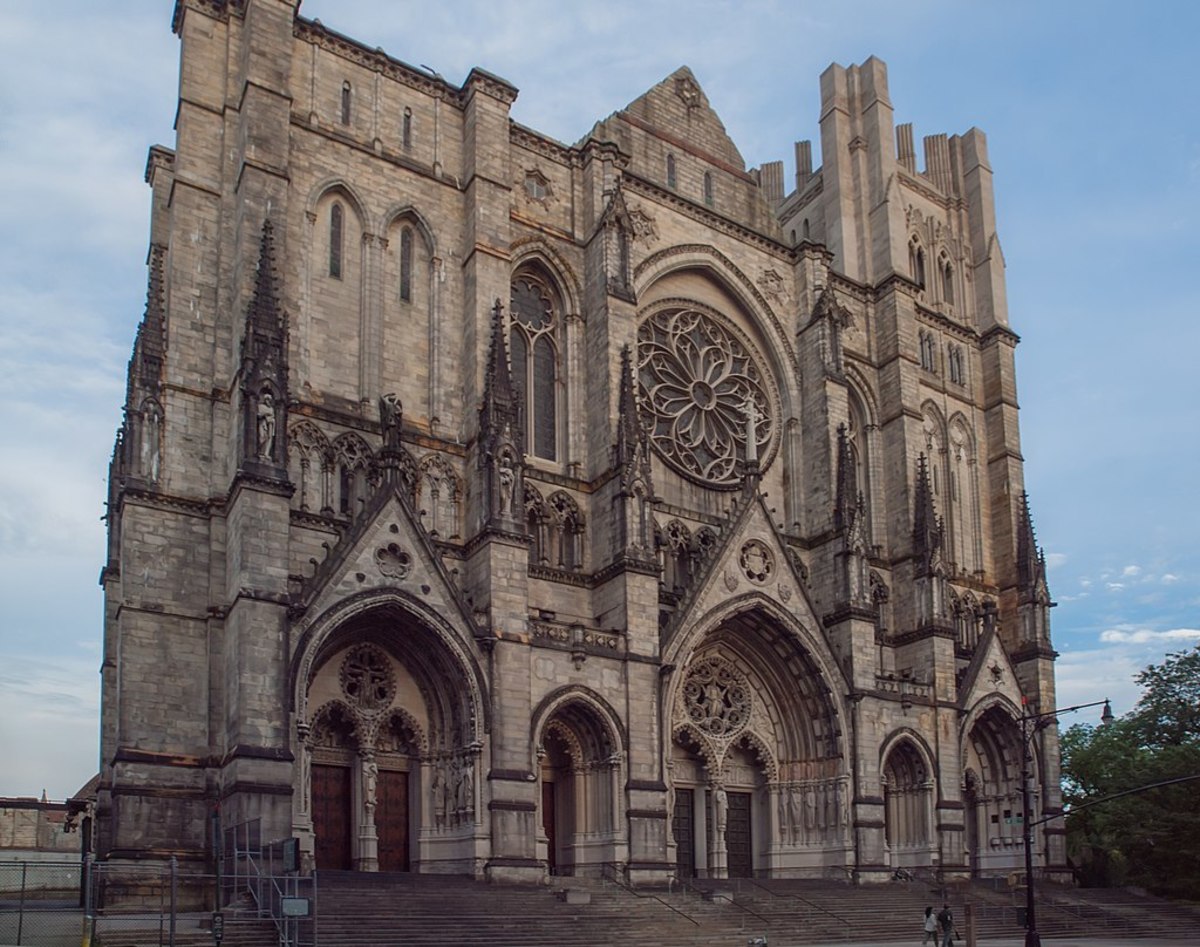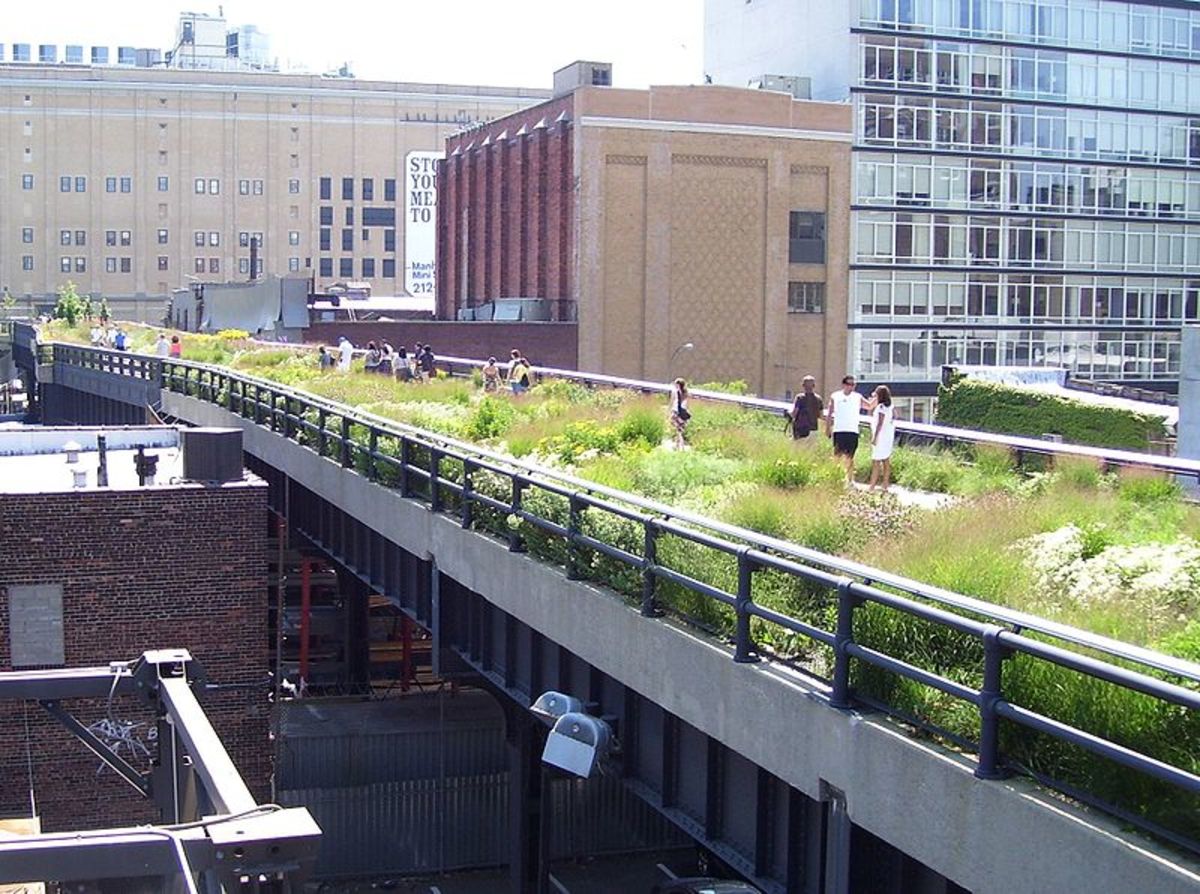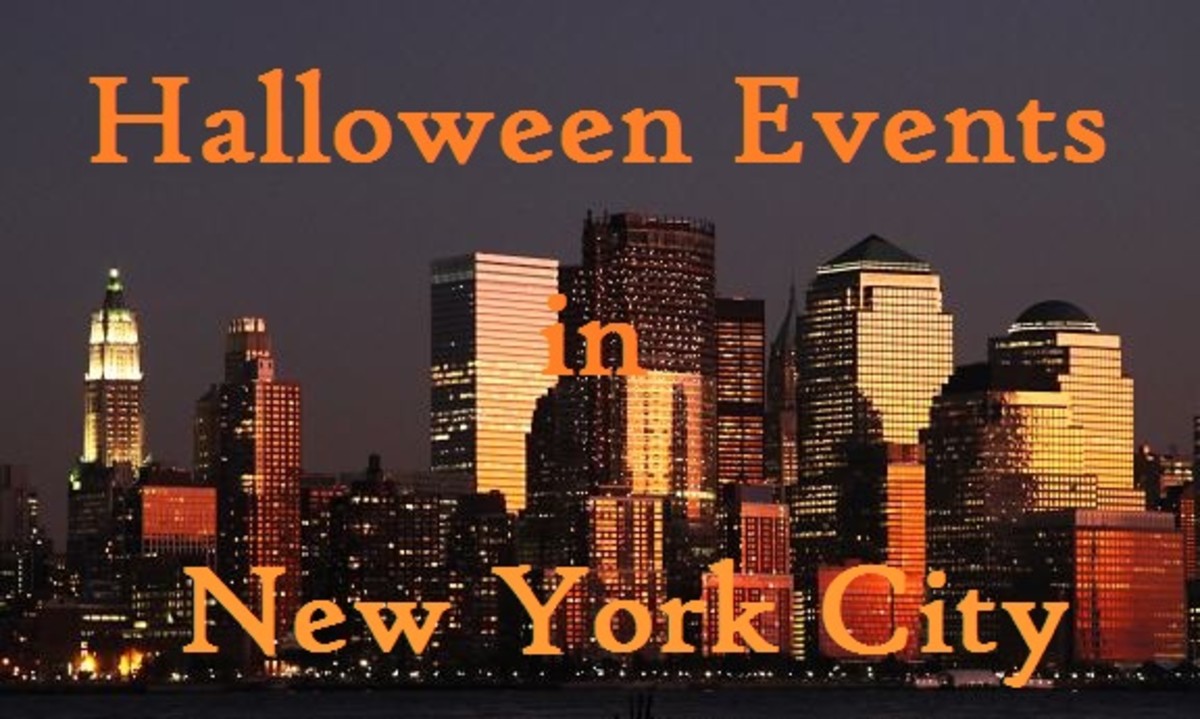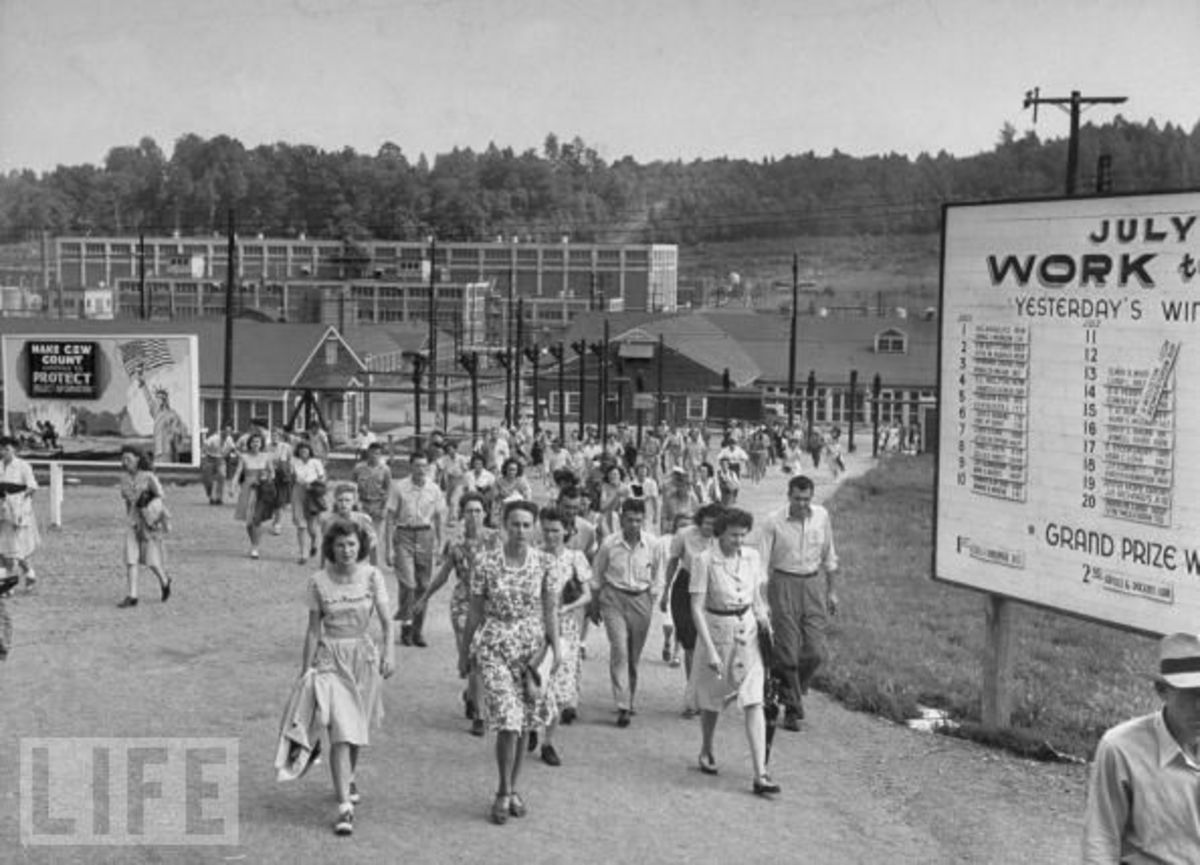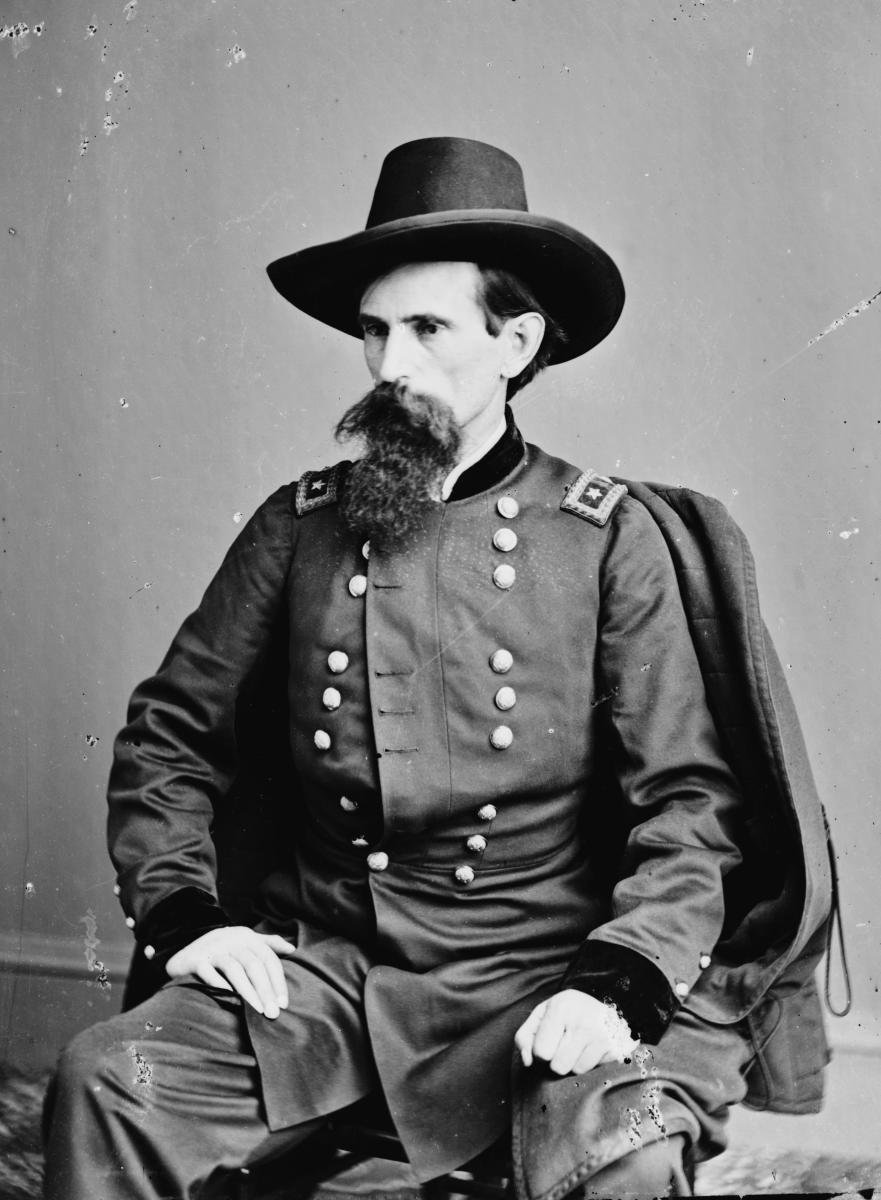- HubPages»
- Education and Science»
- History & Archaeology»
- History of the Americas
How New York City Became the City It Is Today
What Makes New York City, New York City?
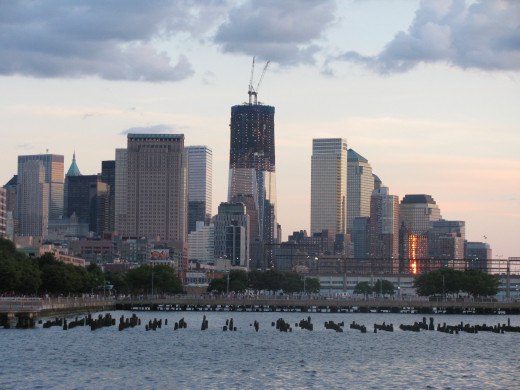
New York City History
A look at New York City History. How New York City became the city that it is today.
Anyone who has spent time in New York City understands that it is a unique world class city that distinguishes itself from many other cities in the United States. New York City is known as the "Big Apple" and "The City That Never Sleeps." The Big Apple moniker was popularized by traveling jazz musicians during the 1930s and 1940s, who used the term as a way to describe the city's large size and the large crowds that they could expect when playing in the city. New York City is known has the city that never sleeps because it is notorious for having businesses that stay open late and in some cases overnight, and a mass transit system that runs twenty-four hours per day.
New York City has, since its founding, been known as a place that is accepting of alternative lifestyles and people of different backgrounds with a resoundingly liberal social and political outlook. There are a number of historical influences that have made New York City the bastion of liberal social and political thinking that have become hallmarks of the city.
The Dutch Influence On New York City’s Liberal Attitudes
New York City’s liberal and accepting attitudes have their roots in the time before New York City even existed by name, during the time of Dutch rule, when New Amsterdam stood on the current site the lower tip of Manhattan, in what is now known as New York City. The Dutch were mainly merchants who felt that as long as the person they were doing business with could buy their products or interact with them on a business level, then they weren’t concerned about the background or lifestyle of the person they were doing business with. The Dutch city of Amsterdam was known as the most liberal and multicultural city in Europe at the time of New Amsterdam’s founding in the early 17th century. This attitude of liberalism and acceptance of different cultures was brought by the Dutch to their city in the new world, New Amsterdam, and has lived on long after the Dutch relinquished control of the city to the English in 1664, who renamed it New York.
New York City Attracts People Of Like Minds
In a similar manner as Austin, Texas attracts those with a liberal outlook in the conservative state of Texas, New York City’s reputation for acceptance and liberal political and social attitudes has attracted residents from around the United States and the world who prefer to live among others with a liberal mindset. This draw from other parts of the United States and around the world has served to consistently reinforce the liberal disposition that exists among many New Yorkers who have lived in the city for generations.
New York City Attracts People From Different Backgrounds
The fact that New York City is a world class city that hosts the United Nations and attracts people from around the world to live and work also impacts the social and political outlook of the city’s residents. With no single culture has dominating New York City at any one time, New York tends to act as a melting pot of people and ideas from different cultures. New residents from around the world bring with them new ideas, different outlooks, and different ways of doing things, which are often openly accepted in the diverse and culturally liberal city.
New York City's High Line Park
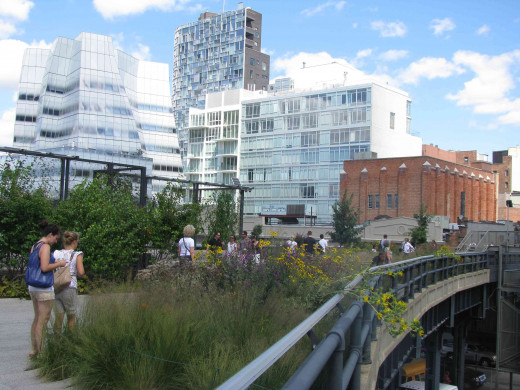
New York City Is A Cultural Capital Hub In The United States
New York City’s dominance in many areas of the arts from theatrical arts to display of artistic renderings to written arts and publishing, also contributes to the city’s liberal social and political outlooks. The wide ranging artist communities in New York City give the city an openness to cultural and artistic diversity.
What Makes New York City, New York City
Ultimately, what Makes New York City, New York City is a seed tolerance and openness that was planted by Dutch merchants at the time of the city’s founding, which has lived on through the centuries, as people of like minds have built upon, reinforced, and expanded New York City’s penchant for liberal social and political outlooks.
14th Street In Manhattan, New York City
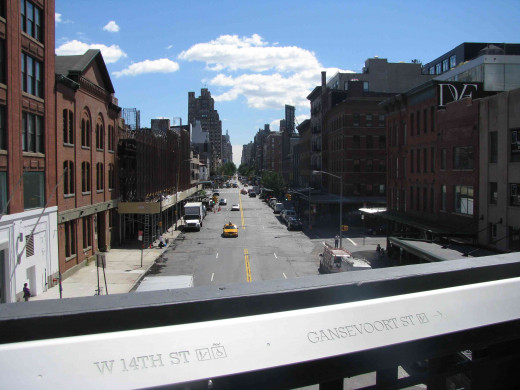
Related New York City Hubs
- New York City High Line Park Opens A New Section
A ribbon cutting ceremony was held on June 7, 2011 that marked the opening a second section of New York City’s “High Line” park from West 20th Street to West 30th Street. The High Line Park serves as an urban park in Manhattan, New York City. - How a Major Category 3 Hurricane Would Affect New Yo...
It is not a matter of if, but when, a major Category 3 hurricane will make a direct landfall in New York City and cause major devastation to the mid-latitude city. Learn how New York City would be affected by a major hurricane.
A Brief History Of New York City
© 2012 John Coviello

